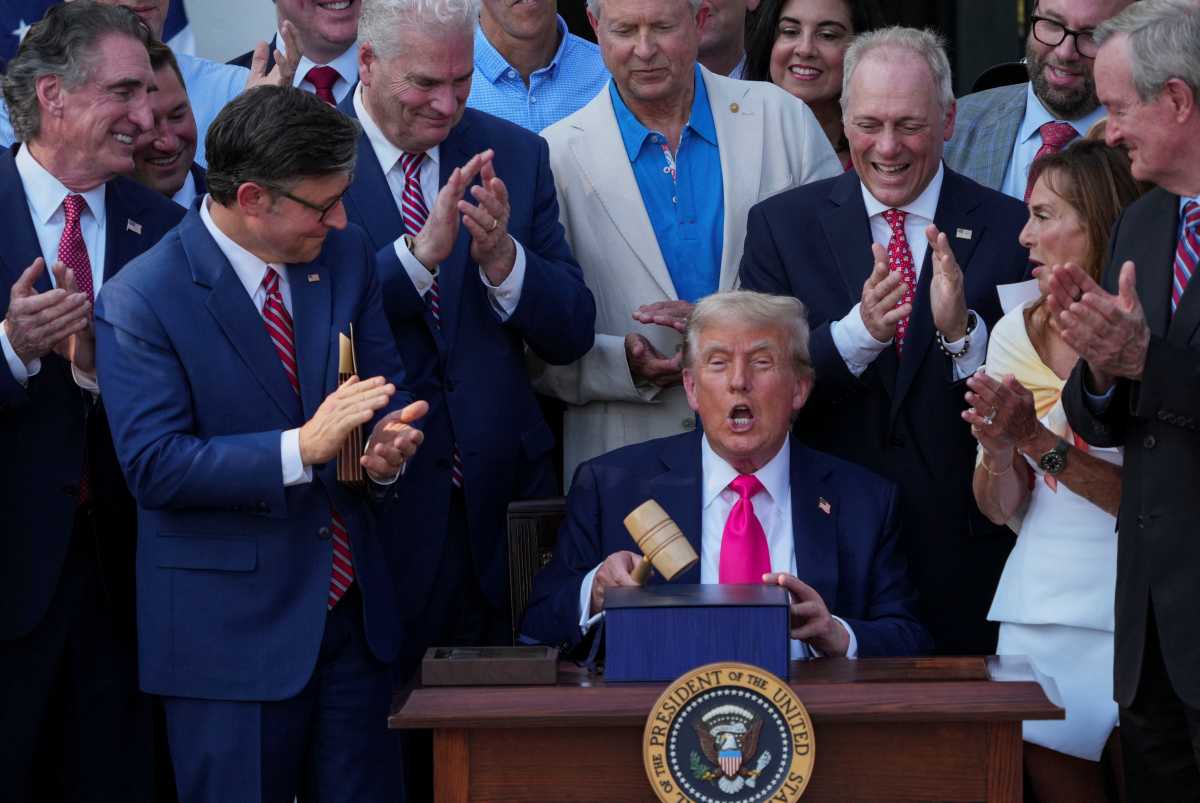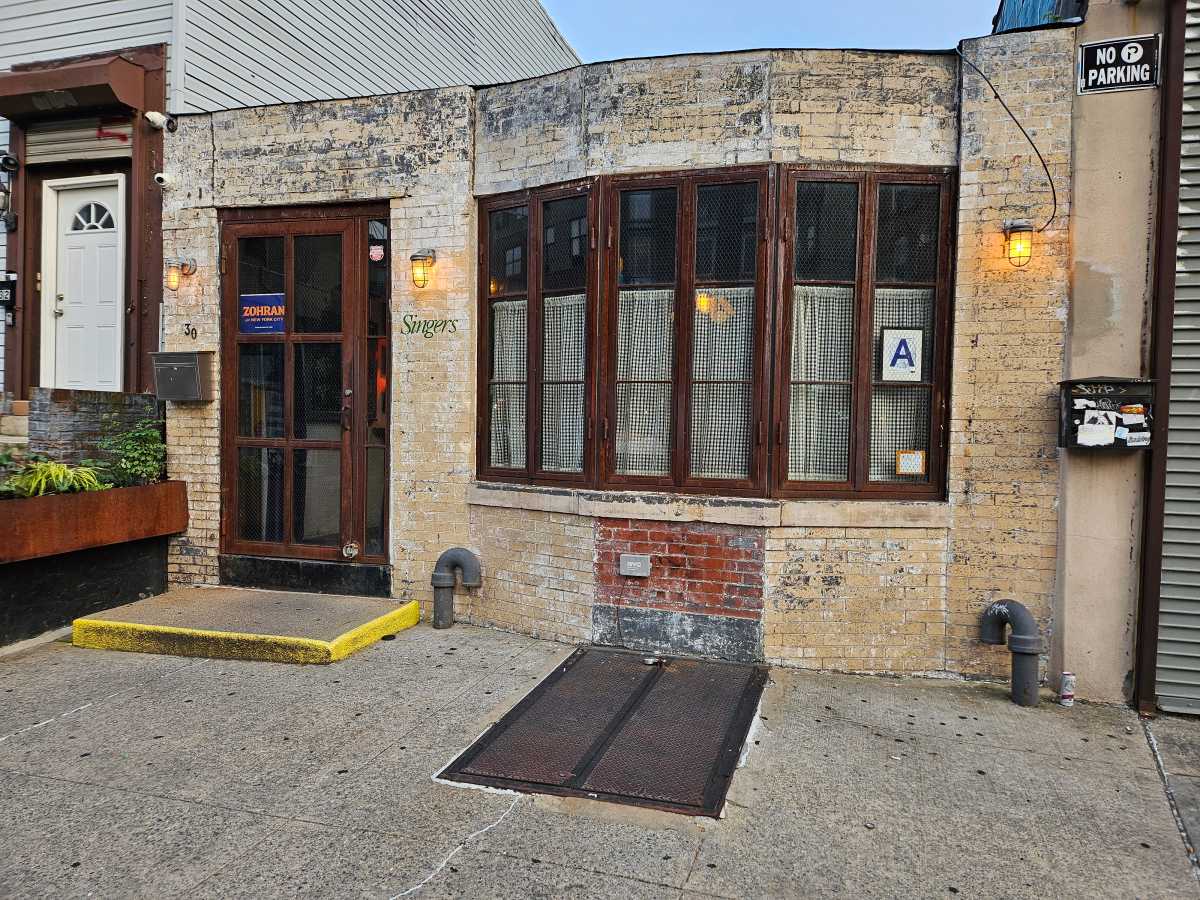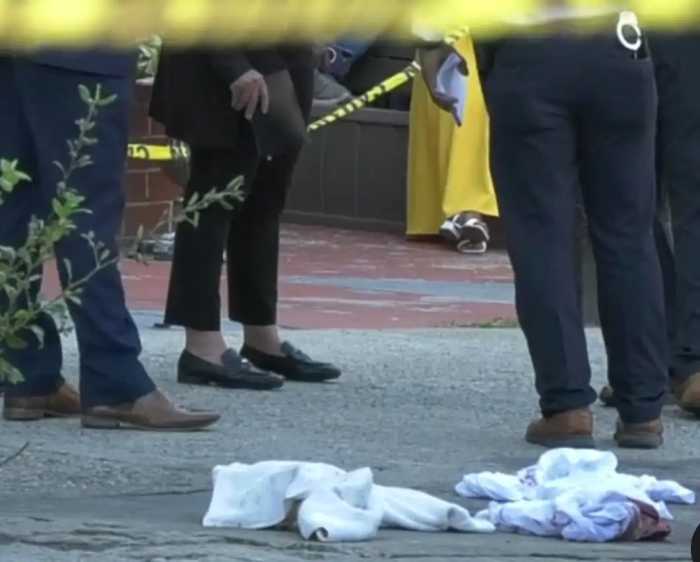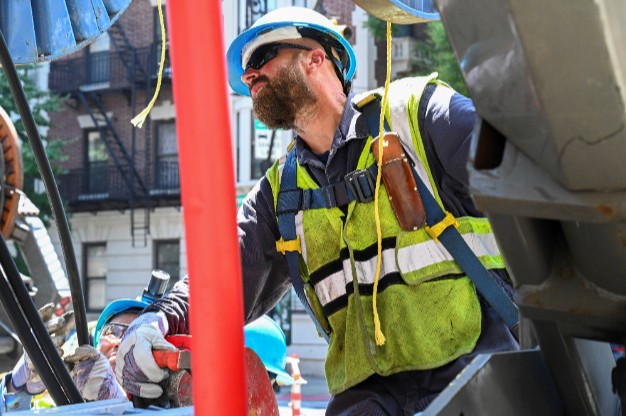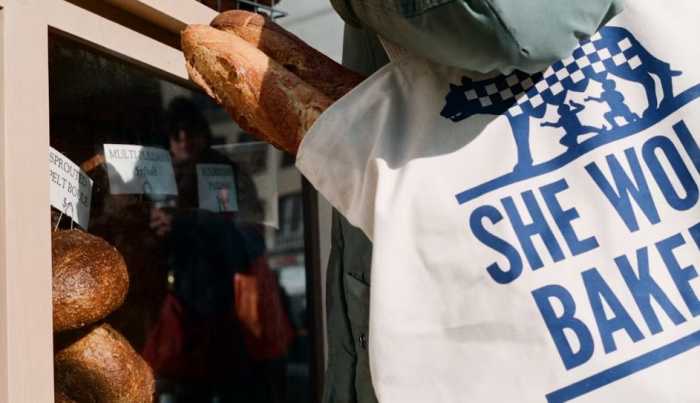The No. 5 and B lines are the worst for commuters, while the No. 7 train is the best ride in the city, an analysis found on Thursday.
“Disparities abound,” said Gene Russianoff, the staff attorney for the Straphangers Campaign, which released the report. “Some lines stink, others just need work.”
The report judged the performance of subway lines on factors such as how often trains run, how clean cars are and if riders can understand announcements.
“We can see large disparities in how subway lines perform,” said Cate Contino, a campaign coordinator for the campaign.
The analysis ripped the No. 5 train for breaking down more often than the average train, being too hard to get a seat on, and only meeting platform wait standards 67% of the time.
The analysis also criticized the B train for not running often enough during the day or overnight, and having the worst subway car announcements in the transit system.
The Straphangers Campaign praised the No. 7 for having scheduled trains (including local and express) every two-and-a-half minutes during the morning rush-hour. However, the line is below average on how often it actually arrives, and having the cleanest cars. It says there is a 59% chance of getting a seat.
The report didn’t look at planned construction work, which has angered No. 7 train riders as the MTA modernizes its signal system with communication based train control.
Some of the line’s riders were stunned by the results.
“The State of the Subway report card is, and has been for years, a pretty flawed overview,” said Queens rider Maria Morgan of the group 7 Train Blues. “All you need to do is ride the 7 during the a.m. rush for a week and you know 59% is not true at all.”
Queens Councilman Jimmy Van Bramer said he was shocked. “As far as my constituents are concerned, I’m not sure the report is worth the paper it’s printed on,” he said. “The day to day reality for 7 train riders is a nightmare.”
Russianoff noted that everyone has a different view of their line. “It’s in the eye of the beholder,” he said.
The Campaign also found that subway cars broke down more almost 8% more systemwide last year than 2013. Thirteen lines worsened, while seven improved.
MTA spokesman Kevin Ortiz said the data they used on mechanical breakdowns is outdated, and performance of its subway car fleet was up slightly this year.
The E train did the best, with mechanical snafus happening almost every 600,000 miles, while the C train cars were snarled about every 66,000 miles. The MTA has been trying to replace the C train cars, which are the oldest in the subway system.
“It’s very frustrating, they are antiques,” said Russianoff. “They need to pick up the pace. People are riding in ancient, crummy vehicles.”
The MTA said the report showed its need for capital funding for a safe and reliable system, but a spokesman said he was baffled by how the Straphangers Campaign determined a riders’ chance of getting a seat.
“While some of the report’s findings make sense, others do not,” said spokesman Kevin Ortiz.
The analysis said riders have a better chance of getting a seat on the packed F and No. 7 trains than the less crowded R. The F runs at 90% during rush-hour, the No. 7 express at 100%, and the R at 75%.
“Their evaluation of our service indicators does not represent the customer perspective,” said Ortiz.
“We feel our vast array of performance measures are more indicative of the performance and quality of the subway lines and are based on extensive use of customer surveys.”
The Straphangers Campaign said they calculated the odds of getting a seat from an MTA ridership count in 2013, as well as how many people subway cars can carry.
“This is the oldest piece of information,” said Russianoff. ” It’s a constant battle to get data from the Transit Authority.”









